Focus on Personalized Medicine
The Immunoassay Analyzers Market is increasingly aligning with the focus on personalized medicine, which emphasizes tailored treatment strategies based on individual patient profiles. This paradigm shift is driving the demand for advanced immunoassay technologies that can accurately measure specific biomarkers associated with various diseases. The market is projected to grow as healthcare providers seek to implement precision medicine approaches, which require sophisticated diagnostic tools. The rise in genetic testing and biomarker discovery is further propelling this trend, as these factors are integral to developing personalized treatment plans. It is estimated that the personalized medicine market will reach a valuation of over 2 trillion by 2030, indicating a substantial opportunity for the Immunoassay Analyzers Market to innovate and expand its offerings in this domain. This alignment with personalized medicine could redefine patient care and enhance treatment outcomes.
Shift Towards Point-of-Care Testing
The Immunoassay Analyzers Market is witnessing a notable shift towards point-of-care (POC) testing, which is transforming the landscape of diagnostic procedures. POC testing offers the advantage of delivering rapid results at the site of patient care, thereby facilitating timely clinical decisions. This trend is particularly relevant in emergency settings and remote locations where access to traditional laboratory facilities may be limited. The market for POC immunoassay analyzers is expected to expand significantly, with estimates suggesting a growth rate of around 8% annually. This growth is fueled by the increasing demand for decentralized healthcare solutions and the rising prevalence of chronic diseases that require regular monitoring. As healthcare systems continue to prioritize patient-centric approaches, the Immunoassay Analyzers Market is likely to adapt by incorporating more POC testing solutions.
Rising Incidence of Chronic Diseases
The Immunoassay Analyzers Market is significantly influenced by the rising incidence of chronic diseases, which necessitate regular monitoring and timely diagnosis. Conditions such as diabetes, cardiovascular diseases, and autoimmune disorders are becoming increasingly prevalent, leading to a heightened demand for reliable diagnostic tools. According to recent statistics, chronic diseases account for approximately 70% of all deaths worldwide, underscoring the urgent need for effective management strategies. The market for immunoassay analyzers is expected to grow in response to this demand, with projections indicating a CAGR of around 6% over the next several years. As healthcare systems strive to improve patient outcomes, the Immunoassay Analyzers Market is likely to play a crucial role in facilitating early detection and ongoing management of these conditions, thereby contributing to overall public health.
Increasing Investment in Healthcare Infrastructure
The Immunoassay Analyzers Market is benefiting from increasing investment in healthcare infrastructure, which is essential for enhancing diagnostic capabilities. Governments and private entities are allocating substantial resources to upgrade laboratory facilities and expand access to advanced diagnostic technologies. This trend is particularly evident in emerging economies, where there is a concerted effort to improve healthcare delivery systems. The market is projected to experience robust growth, with estimates suggesting an increase of approximately 5% annually as new facilities are established and existing ones are modernized. Enhanced healthcare infrastructure not only facilitates the adoption of immunoassay analyzers but also promotes research and development activities aimed at innovating new diagnostic solutions. As investments continue to flow into healthcare, the Immunoassay Analyzers Market is poised to thrive, ultimately benefiting patient care and outcomes.
Technological Advancements in Immunoassay Analyzers
The Immunoassay Analyzers Market is experiencing a surge in technological advancements, which are enhancing the efficiency and accuracy of diagnostic testing. Innovations such as microfluidics, lab-on-a-chip technologies, and automation are streamlining processes, thereby reducing turnaround times for test results. For instance, the integration of artificial intelligence in analyzers is enabling more precise interpretation of results, which is crucial for patient management. The market is projected to grow at a compound annual growth rate (CAGR) of approximately 7% over the next few years, driven by these advancements. Furthermore, the development of multiplex assays allows for the simultaneous detection of multiple biomarkers, which is particularly beneficial in complex disease management. This trend indicates a promising future for the Immunoassay Analyzers Market as it adapts to the evolving needs of healthcare providers.
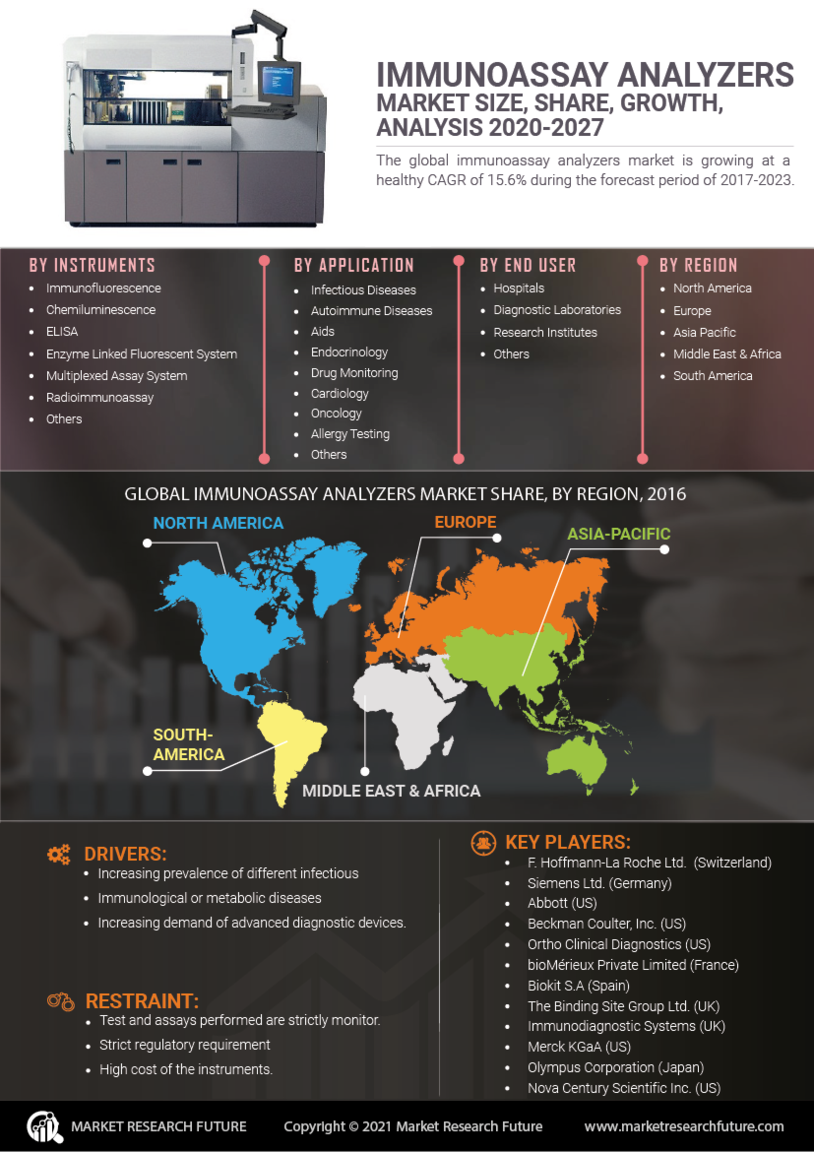

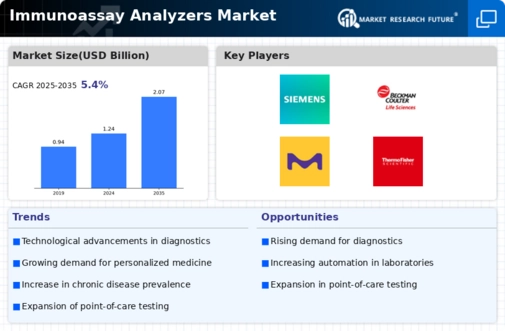
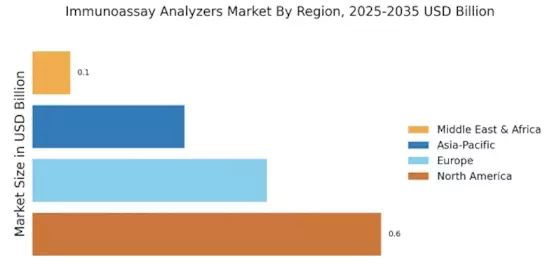

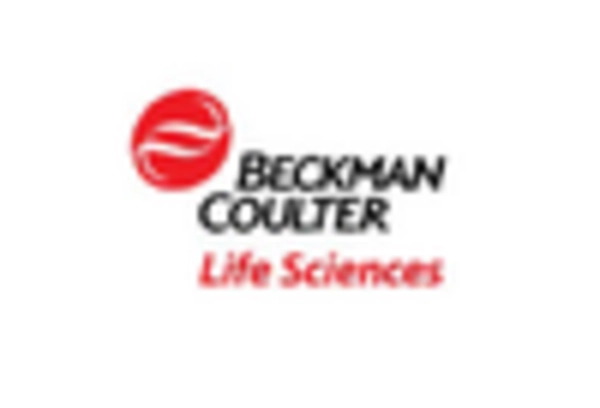
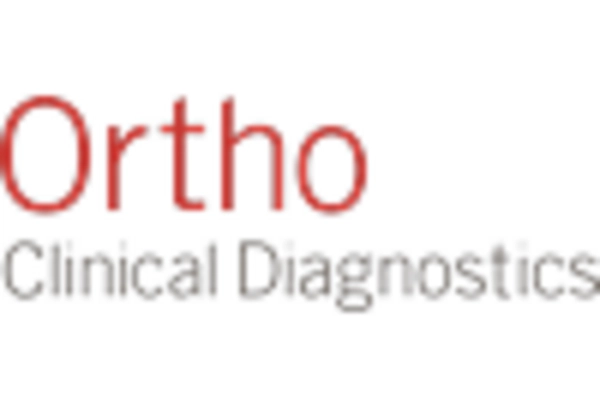











Leave a Comment